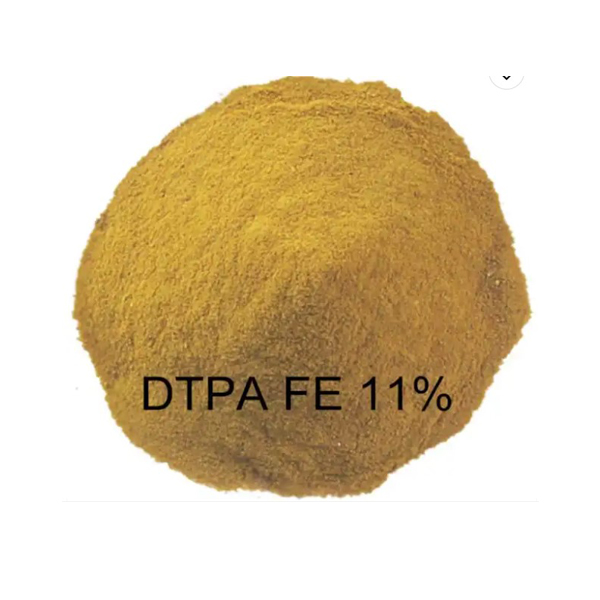
News
Aug . 11, 2024 07:22 Back to list
Effective and Innovative Mercury Chelating Agents for Enhanced Heavy Metal Detoxification Techniques
High Quality Mercury Chelating Agents An Overview
Mercury is a toxic heavy metal that poses serious health risks to humans and the environment. Exposure to mercury can lead to severe neurological and developmental issues, making the need for effective detoxification strategies crucial. One promising avenue for addressing mercury toxicity lies in the use of chelating agents. These compounds can bind to mercury ions in the body, facilitating their excretion. This article delves into some high-quality mercury chelating agents, their mechanisms of action, and their importance in environmental and clinical applications.
Understanding Chelation
Chelation is a biochemical process whereby a chelating agent binds to a metal ion, forming a stable complex. This process can enhance the solubility of the metal, allowing it to be more readily excreted from the body. In the context of mercury poisoning, chelators can help reduce the burden of mercury in tissues and organs, mitigating its harmful effects.
Common Mercury Chelating Agents
1. Dimercaprol (British Anti-Lewisite - BAL)
Dimercaprol is one of the earliest chelating agents used for treating heavy metal poisoning. It contains two thiol groups that can effectively bind to mercury ions, forming a complex that can be excreted via the kidneys. Although effective, dimercaprol has some drawbacks, including its oily nature and potential side effects such as hypertension and pain at the injection site. It is typically reserved for acute mercury poisoning cases.
2. DMSA (Dimercaptosuccinic Acid)
DMSA is a water-soluble chelator that has gained popularity due to its oral bioavailability and lower toxicity profile compared to dimercaprol. It is particularly effective in treating mercury and lead poisoning. DMSA not only binds to mercury but also promotes the mobilization of the metal from tissues, facilitating its elimination. Clinical studies have shown that DMSA can effectively reduce mercury levels in both adults and children, making it a preferred choice for outpatient treatments.
high quality mercury chelating agent

3. DMPS (Dimercaptopropanesulfonic Acid)
Similar to DMSA, DMPS is another thiol-containing chelator effective against mercury. It can be administered orally or intravenously and has been shown to facilitate the excretion of mercury in clinical studies. DMPS is often compared with DMSA in terms of efficacy and side effects, and while both are effective, DMPS may have a faster onset of action.
4. Lipoic Acid
Lipoic acid, a naturally occurring antioxidant, has gained interest as a potential chelating agent for mercury. It has the unique property of being both water and fat-soluble, allowing it to act in various cellular environments. While its efficacy as a chelator is still under investigation, lipoic acid has shown promise in clinical settings, especially in reducing oxidative stress associated with heavy metal exposure.
Role in Environmental Applications
Beyond clinical uses, high-quality mercury chelating agents play a crucial role in environmental remediation. These agents can be employed in various processes to extract mercury from contaminated soil, water, and industrial waste. By effectively binding and removing mercury, these chelators contribute to environmental restoration efforts, protecting ecosystems and human health from the deleterious effects of mercury pollution.
Conclusion
High-quality mercury chelating agents are essential tools in the fight against mercury toxicity. As research continues to evolve, understanding the mechanisms and applications of these agents will foster better treatment protocols and environmental strategies. By effectively mobilizing and eliminating mercury, these chelators not only protect individual health but also promote a cleaner and safer environment. Enhanced awareness and utilization of these agents can significantly mitigate the risks posed by mercury exposure, safeguarding future generations.
-
Polyaspartic Acid Salts in Agricultural Fertilizers: A Sustainable Solution
NewsJul.21,2025
-
OEM Chelating Agent Preservative Supplier & Manufacturer High-Quality Customized Solutions
NewsJul.08,2025
-
OEM Potassium Chelating Agent Manufacturer - Custom Potassium Oxalate & Citrate Solutions
NewsJul.08,2025
-
OEM Pentasodium DTPA Chelating Agent Supplier & Manufacturer High Purity & Cost-Effective Solutions
NewsJul.08,2025
-
High-Efficiency Chelated Trace Elements Fertilizer Bulk Supplier & Manufacturer Quotes
NewsJul.07,2025
-
High Quality K Formation for a Chelating Agent – Reliable Manufacturer & Supplier
NewsJul.07,2025
